Free Environmental Art Image Generator
Just imagine, and we'll instantly return a variety of personalized Environmental Art images—designed to bring your creativity to life!
- 4:3
- 3:4
- 1:1

image.state.default
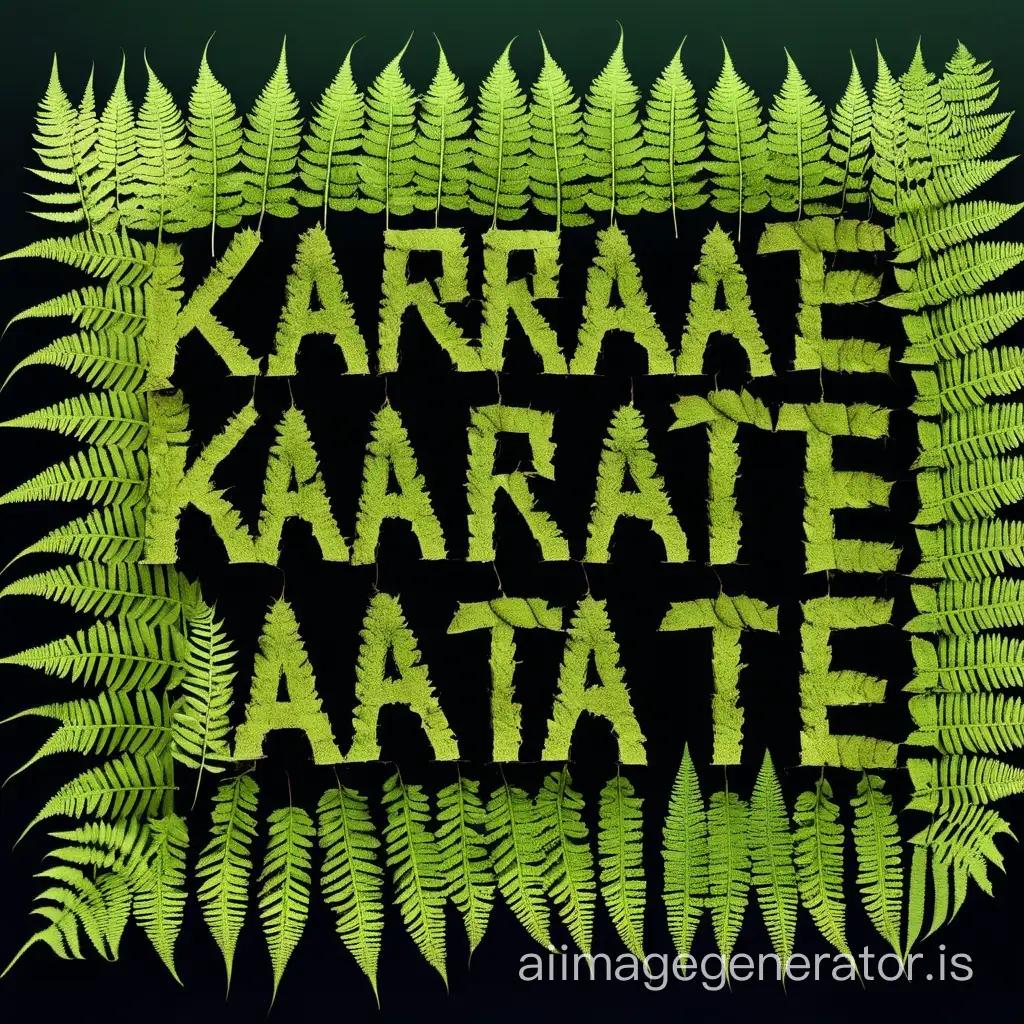
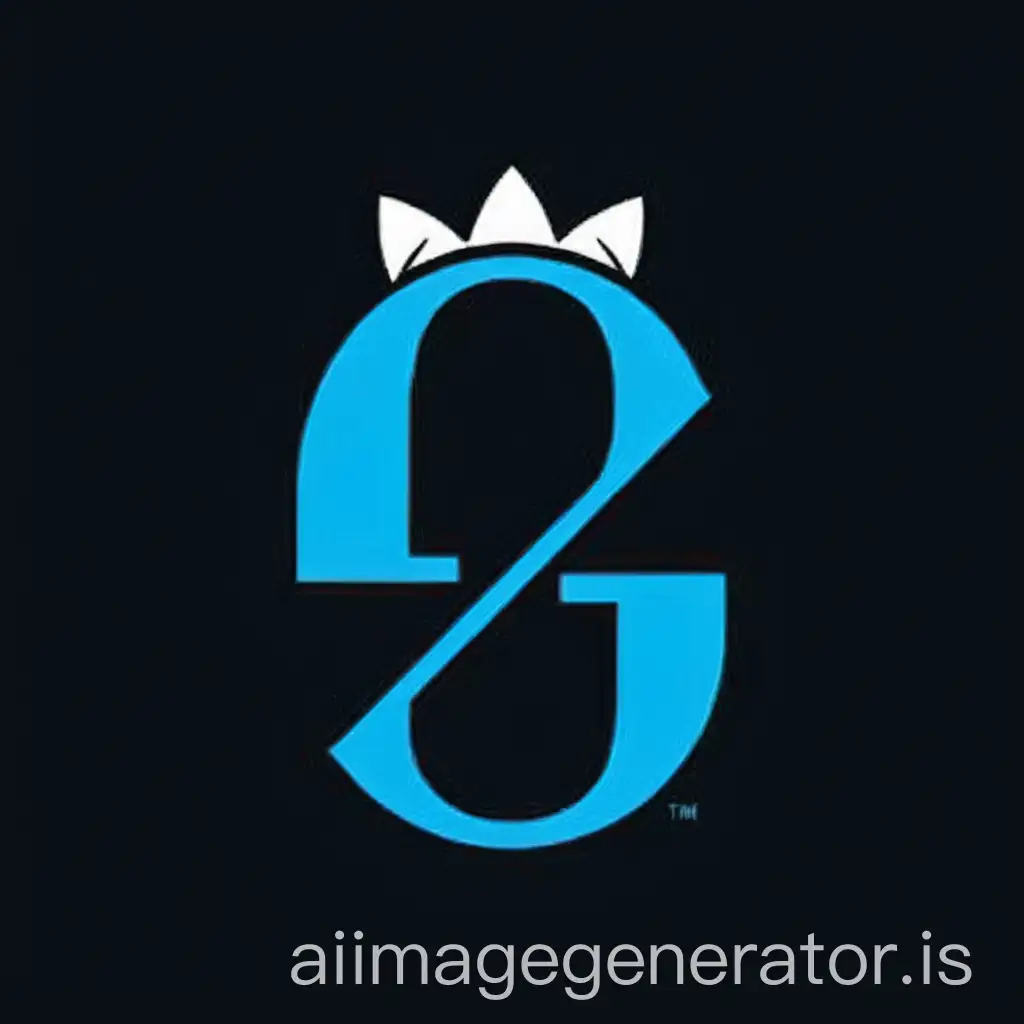
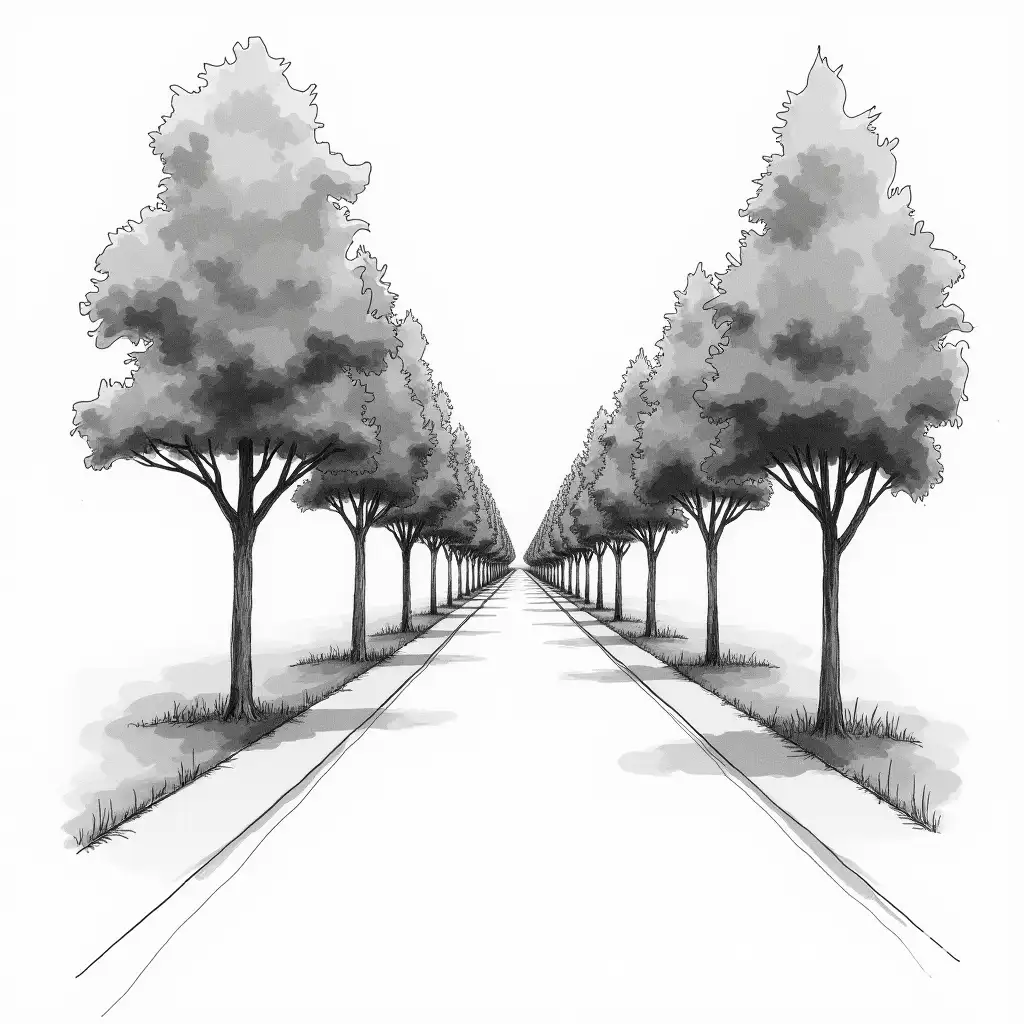

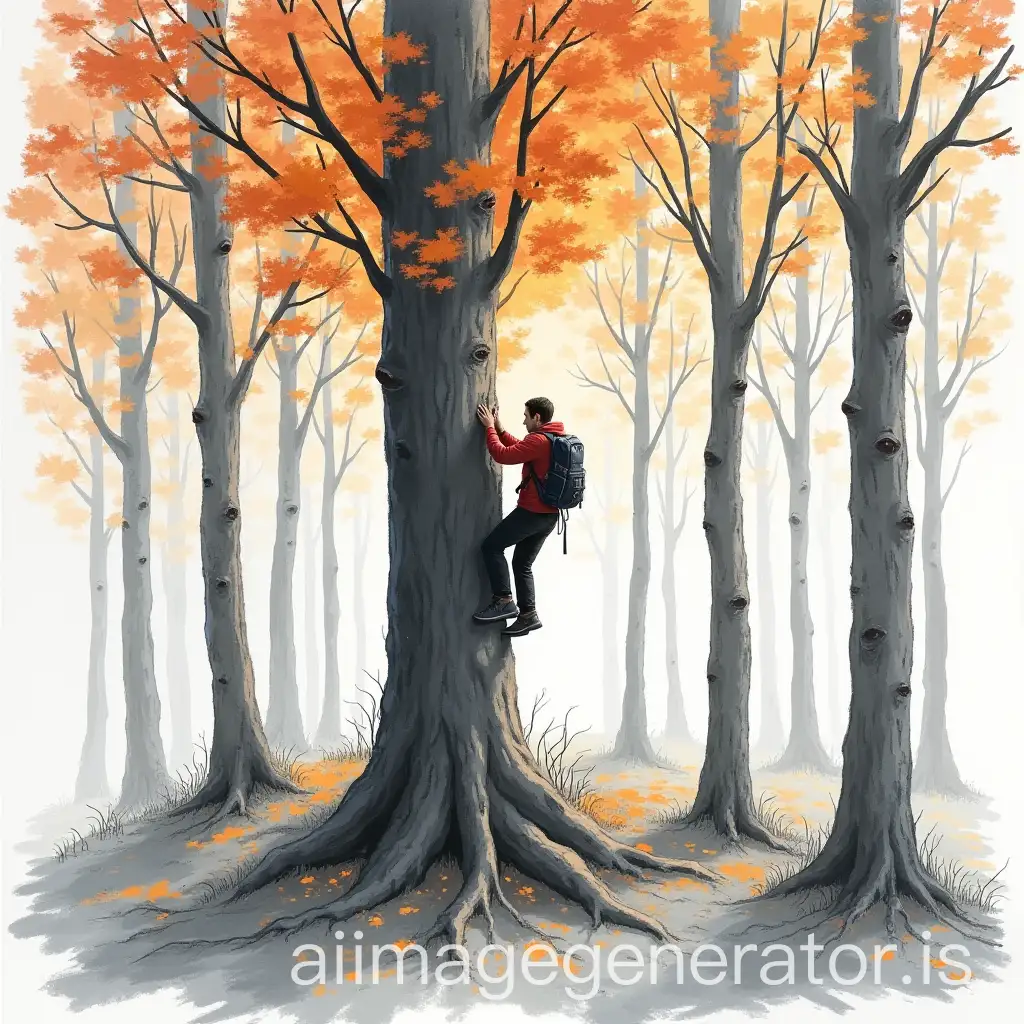
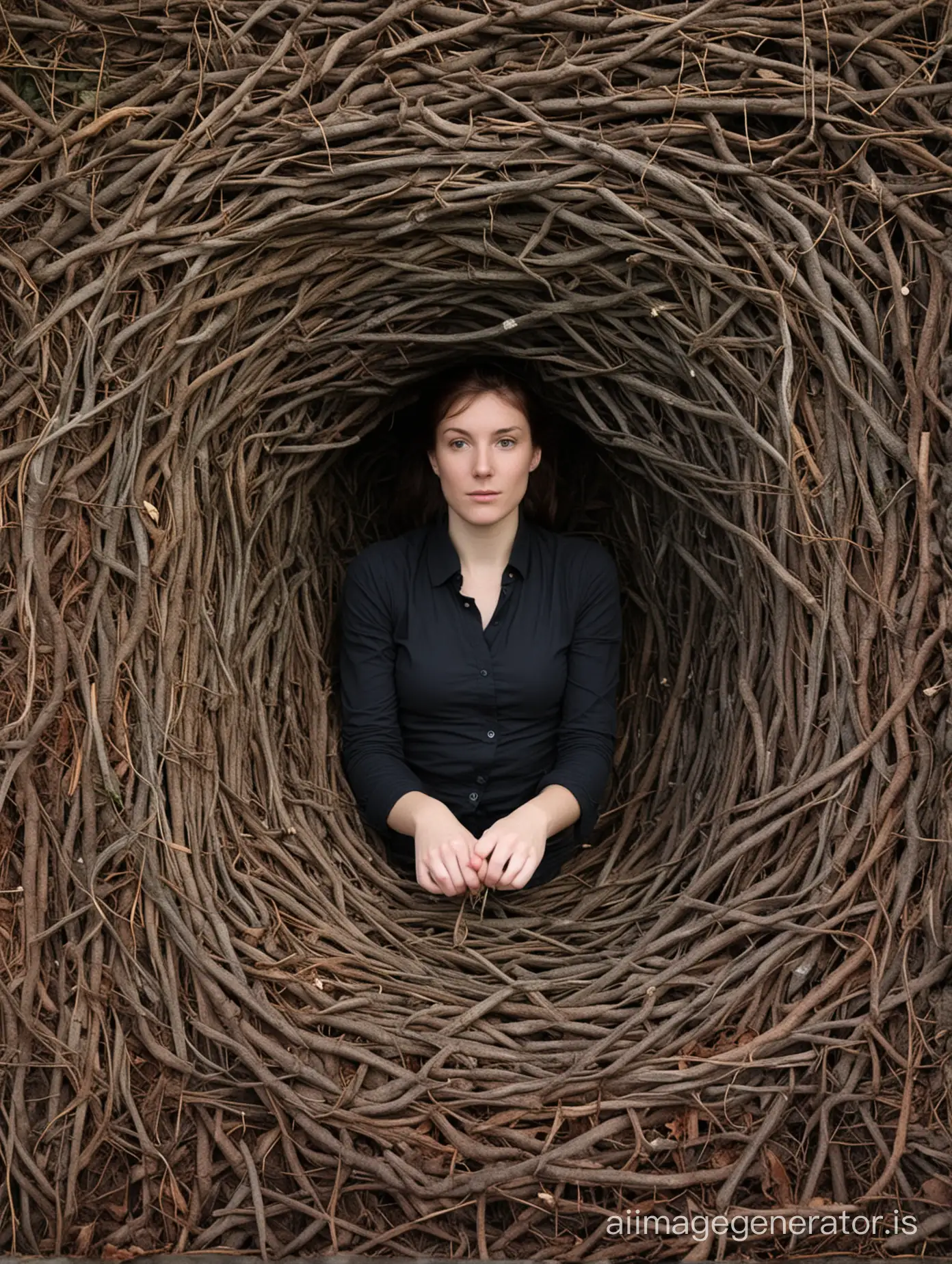


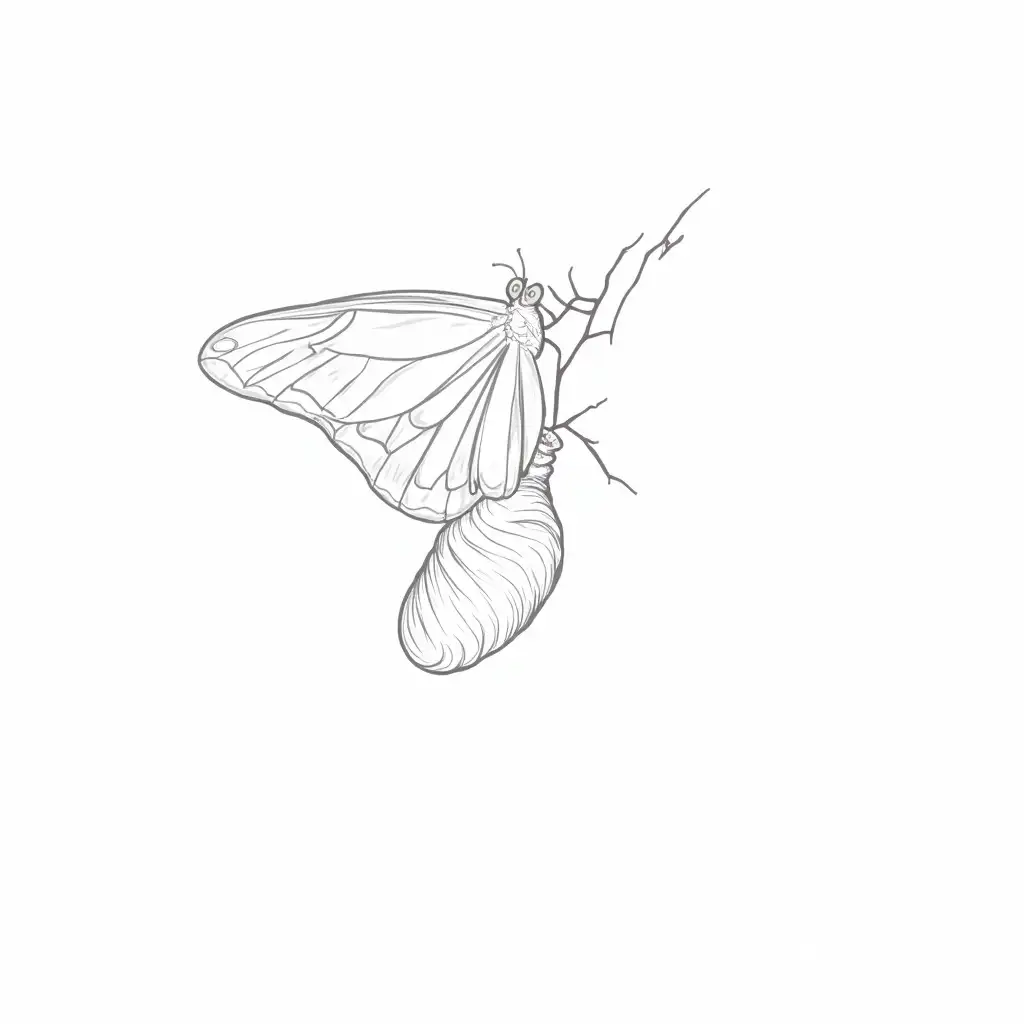
Related Tags
Environmental Art is a genre of art that emphasizes the relationship between humans and the natural environment. It emerged in the 1960s and 1970s as part of the broader Land Art movement. This form of art seeks to raise awareness about environmental issues, promote sustainability, and foster a deeper connection with nature. Artists create works using natural materials like soil, rocks, and plants, often integrating them into the landscape to highlight the beauty and fragility of the environment.
Understanding Environmental Art: Definition and Background
Environmental Art is characterized by its use of natural materials and its integration into the landscape. It often involves site-specific installations that interact with their surroundings, creating a dialogue between the artwork and the environment. This type of art can be temporary or permanent, and it is commonly used to address environmental concerns such as climate change, deforestation, and pollution. Applications of Environmental Art include public art projects, educational programs, and collaborations with environmental organizations to promote conservation and sustainability.
Characteristics and Applications of Environmental Art
Prominent Environmental Artists include Andy Goldsworthy, known for his ephemeral sculptures made from natural materials, and Christo and Jeanne-Claude, famous for their large-scale environmental installations like 'The Gates' in Central Park. Another notable artist is Agnes Denes, whose 'Wheatfield – A Confrontation' transformed a landfill in New York City into a thriving wheat field. These artists have significantly contributed to the awareness and appreciation of Environmental Art, inspiring others to consider the environment in their creative endeavors.
Notable Environmental Artists and Their Impactful Works
As global awareness of environmental issues grows, Environmental Art is poised to play an increasingly important role in the art world. Future trends may include greater use of technology to create interactive and immersive experiences, collaborations with scientists and ecologists to address environmental challenges, and the incorporation of sustainable practices in the creation of art. Additionally, the rise of AI-generated art provides new opportunities for exploring and visualizing environmental themes, enabling artists to push the boundaries of creativity and impact.
The Future Development Trends in Environmental Art